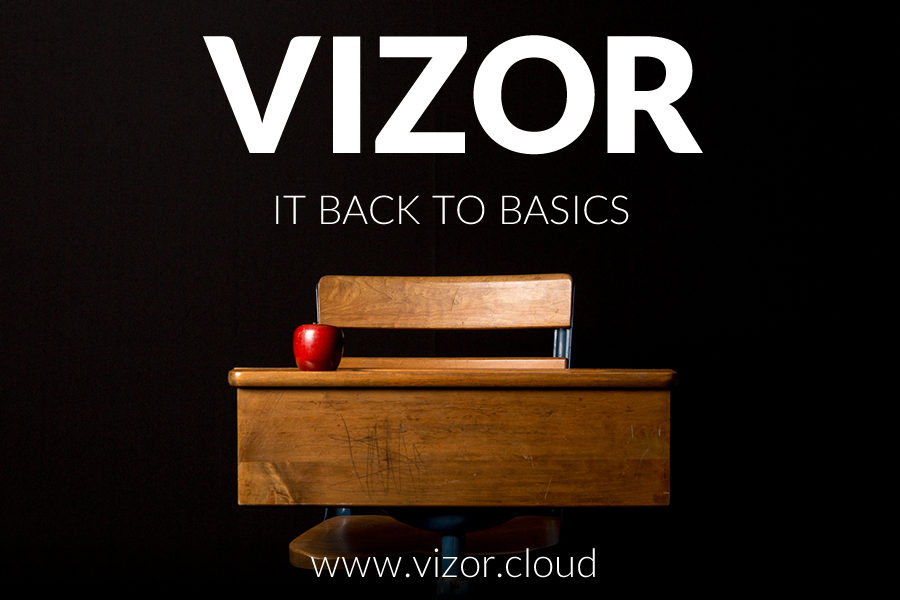Applying BPM methods in Software Asset Governance
Software Asset Management
Managing the licensing and maintenance of an organization’s software is a thankless and usually lonely task. Who would want to be sandwiched between the user community that wants instant access to any app it thinks it needs, software vendors out to maximize revenues, and the CFO’s focus on year-on-year cost reduction? With luck, the software asset management (SAM) officer will be allowed to transition from an unwieldy and unsuitable Excel-based record system to a proper License Management database. There are a handful of these on the market, including our own, and mostly they also provide for taking care of software maintenance contracts.
Software Asset Optimization
The challenge for the SAM officer is to move beyond record keeping, administration and price negotiation with vendors, and strive for optimization. Optimization is going to come from matching organization needs with the most cost-effective applications. That sounds simple, but, in many cases, getting an accurate picture of organization needs is the biggest headache. Unless there is effective charge-back in place, department managers are not motivated to minimize the applications inventory across their staff. It’s more likely they will try to get a common set of application licenses available for everyone. This may be an understandable reaction to an unwanted pressure, but it’s wasting organization funds and gets close to maladministration.
Software Asset Governance
To achieve change, it may help to introduce the ‘G’ word. If the board sees an agenda entry for ‘Software Asset Governance’, it may take more notice, and take a more positive attitude toward the effort and investment that’s going to be needed for change to occur. Fundamentals will include-
- structured involvement of department managers in assessing needs
- resource owner/champion for every application in the organization
- hierarchical decision making
- strong change control procedures to prevent slippage from optimum
So, the initial focus on establishing and maintaining accurate records of licenses and maintenance is overtaken by the introduction of business processes to achieve involvement and accountability of stakeholders, particularly department managers and application champions.
Using BPM to drive optimization
We’re fortunate here at Vector in having been able to evolve a powerful BPM platform to drive our IT service desk; having identified the increasing need for BPM-powered governance in IT asset management, we split this platform off into a new division under the Connect Provisioning Lifecycle Management brand. Now, our challenge is to introduce the dynamic BPM functionality of Connect into the existing License Management module, so it takes on a new role of enforcing accountability in software asset decisions and achieving progressive optimization of software assets. Maybe even the CFO gets the satisfaction of seeing year-on-year cost reduction.





